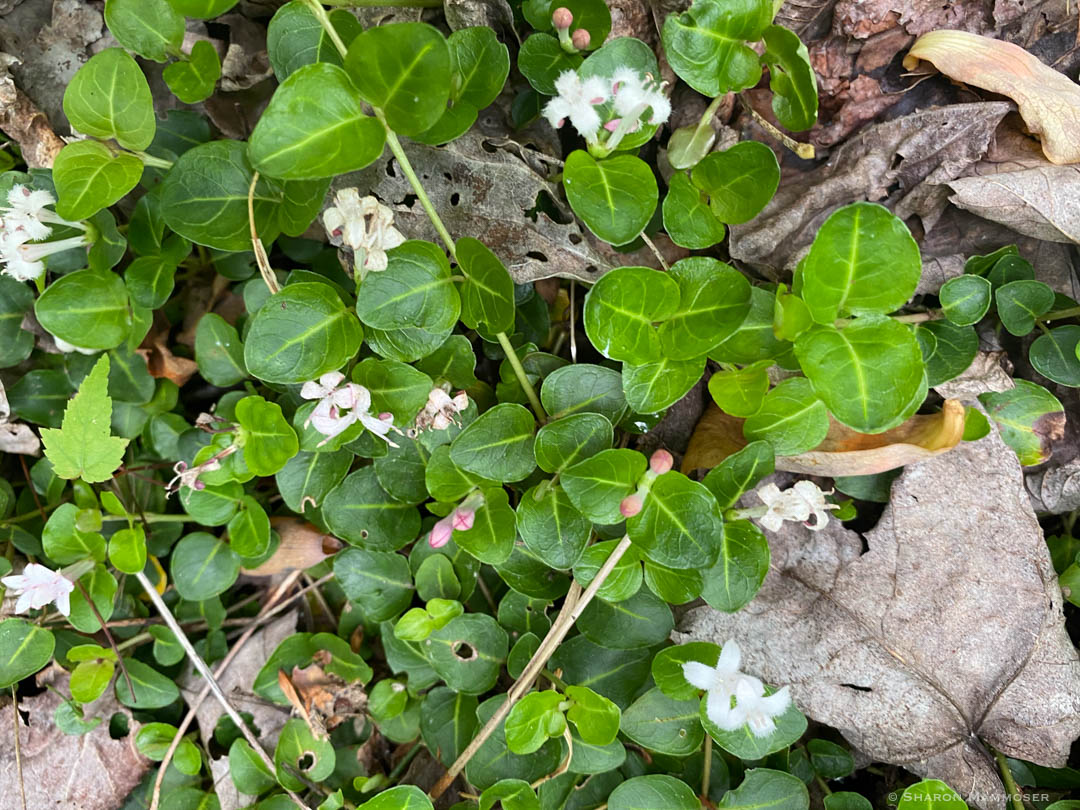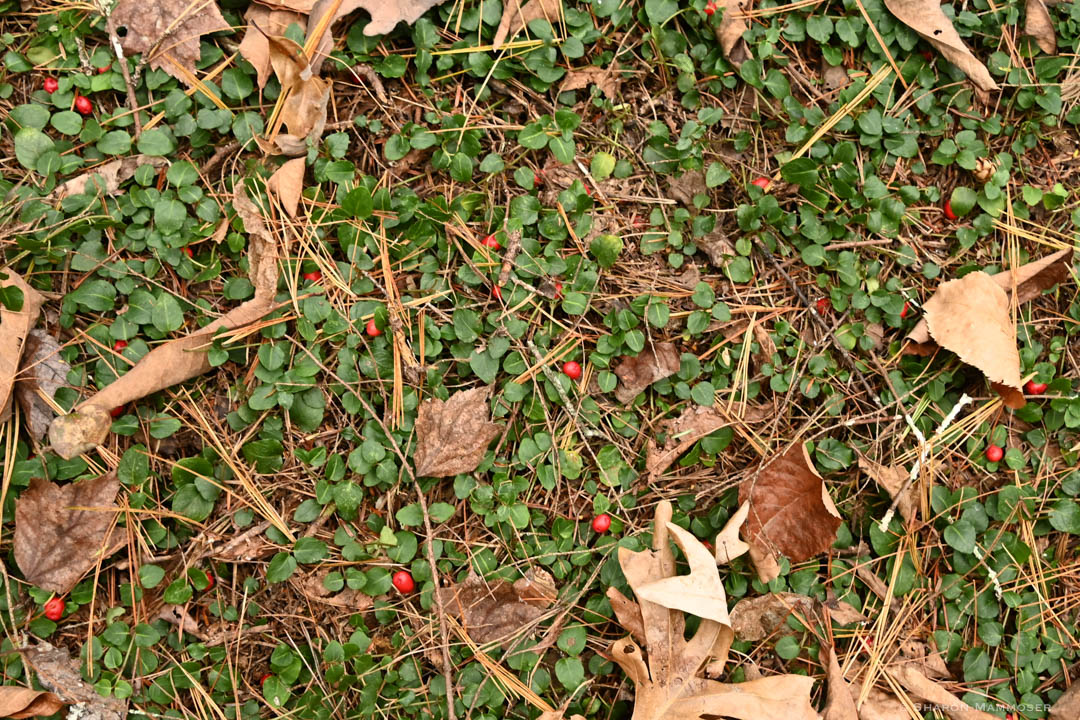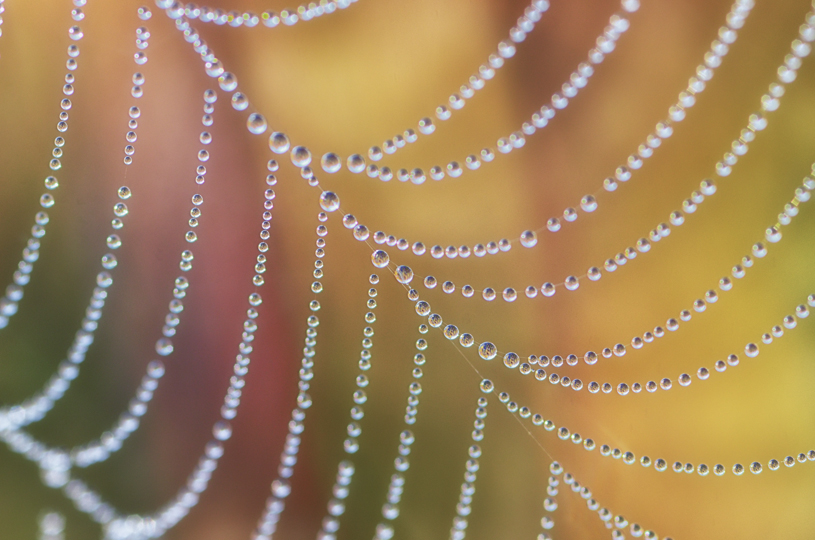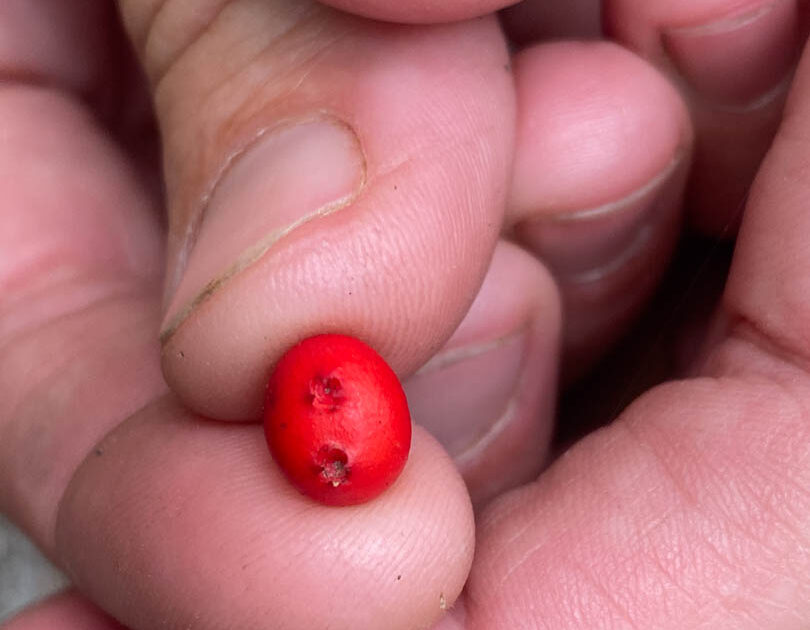Partridge Berry (Mitchella repens L) is the answer to last week’s puzzler. Were you one who guessed it correctly?

This plant is found throughout the eastern United States, from Canada, south to Florida, and west to Texas. It is a trailing native vine that grows 6-12 inches tall, usually found as a thick ground cover, forming colonies on the forest floor.

According to the US Forest Service, “In late spring, a pair of white flowers (with a single calyx) appears. Each small, fragrant flower has four brilliant white petals that are pubescent and unite into a funnel-shaped tube that is also fringed with hairs. The pair of flowers occur in two forms (dimorphous). In the first form the pistil is short and the stamens are long; in the second form the pistil is long and the stamens are short. This structure prevents each flower from fertilizing itself. Both flowers must be pollinated to obtain a single scarlet berry. Each berry is the result of the fusion of each ovary of the pollinated pair of white flowers. As such, each berry has two bright red spots on its surface.”
Partridge Berry is pollinated by insects and each of the small red berries has 8 seeds within it.
According to Wikipedia, “The ovaries of the twin flowers fuse together, so that there are two flowers for each berry. The two bright red spots on each berry are vestiges of this process. The fruit ripens between July and October, and may persist through the winter.” This is why it was traditionally used in weddings.
Next time you see this one the forest floor, you can notice it and smile, thinking of the double belly button and the happiness it’s sometimes associated with.
Hope you’re smiling now! Have a great day. See you again soon.


